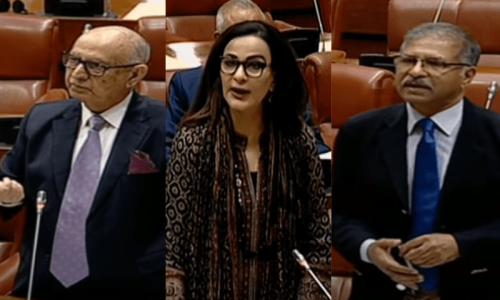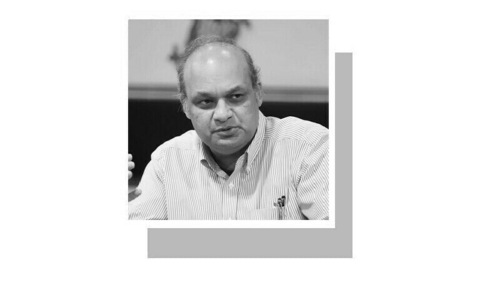ISLAMABAD: As the World Population Day is being observed on July 11, the United Nations (UN) has estimated Pakistan’s population at 225.2 million, making it the fifth most populous country.
Data show that 61 per cent of the population is in the age bracket of 15 to 64 years; 34.6pc aged up to 14 years; 29.7pc 10 to 24 years while people aged 65 and above are estimated to be 4.4pc.
Life expectancy at birth is 67 years for males and 69 years for females while the population is growing at the average annual rate of 2pc.
The country has limited resources and the increasing population is putting more pressure on these resources.
The government is trying to overcome the issue of high population growth and fertility rate through different programmes like family welfare centres, reproductive health services, regional training institutes and mobile service units.
According to the latest government survey, an educated and skilled youth is needed to reap the benefits of demographic dividend. If this demographic dividend is harnessed and skilled to meet domestic and international market requirements, the youth bulge would yield increased industrial productivity and higher foreign remittances.
The government says its ‘Skills for All’ and ‘Youth Entrepreneurship Scheme’ initiatives for skills training, employment, entrepreneurship and engagement will play an important role in the socioeconomic development of the country.
During the Covid-19 pandemic, protection and creation of jobs is the second biggest challenge after the health crisis. The pandemic adversely impacted employment and labour productivity by impeding growth in various economic sectors.
According to a survey for evaluating socioeconomic impact of Covid-19 on well-being of people conducted by Pakistan Bureau of Statistics (PBS), almost half of the working population was affected due to the closure of businesses.
Prior to the pandemic, the working population was 35pc (55.75 million). However, during the closure of economic activities, this number declined to 35.04 million which indicated that people either lost their jobs or were not able to work.
The global population reached the seven billion mark in 2011, and in 2021 it stands at about 7.7 billion. It is expected to grow to around 8.5 billion in 2030; 9.7 billion in 2050 and 10.9 billion in 2100.
This dramatic growth has been driven largely by increasing numbers of people surviving to reproductive age, and has been accompanied by major changes in fertility rates, increasing urbanisation and accelerating migration.
These trends will have far-reaching implications for generations to come, said the UN.
The recent past has seen enormous changes in fertility rates and life expectancy. In the early 1970s, women had on average 4.5 children each; by 2015, total fertility for the world had fallen to below 2.5 children per woman.
Published in Dawn, July 11th, 2021













































